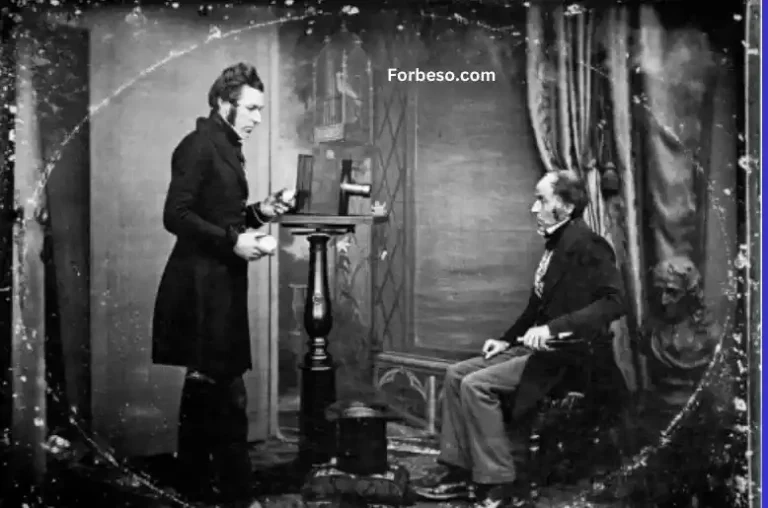How did the Invention of Photography Influence the Development of Modern Art? The development of photography in the early 1800s was more than a simple technological innovation. It did shake the fine art world. Something that had long been the purview of painters wanting to create the perfect realism suddenly had a competitor: a camera that could capture the detail of reality. This apparent vent-by-vent replacement, however, proved a most unexpected consequence—the birth of what we take to be modern art.
The Problem of Realism
Even before the invention of photography, painting had been an art of exact imitation, not only in figures but in the whole scheme of things. When the camera came, the need to reproduce reality in paint changed utterly. What response was open, for example, to the Impressionists? Move beyond mere replication to capturing fleeting moments and light effects and to the essence of a scene—a shift that gave birth to the movement’s signature focus on light and atmosphere.
Compositional Inspiration Photography
It showed new means of framing and composing images. Techniques, such as cropping a scene for an intimate view or capturing candid ‘snapshot’ moments, became available to painters. Artists like Edgar Degas, known for his ballerinas, used these photographic elements in the painting of his ballerinas, giving a feeling of dynamism and urgency.
Freedom to Explore
Perhaps the most important contribution of photography is the freedom it gave to the artist. Freed from the strict realism, painters could now delve into expressing more in terms of emotions, ideas, and symbolism. These paved the way for movements like Cubism and Abstractionism, which sought to break apart form in a quest for the power of pure color and shape. In its turn, the invention of photography did not kill the very idea of realism in art; it was an impulse for a revolution. It made artists redefine their intentions while trying to find new ways to express them. What came of it? A more prosperous, more diverse, and ever-evolving landscape of modern art.
The Rise of Photojournalism
The invention of photography also had a significant impact on journalism and documentary storytelling. This ability of the camera to record real-life proceedings brought to life photographers acting as the eyes of the world, recording the moments in history. The new visual storytelling medium propagated the messages of social and political themes within the art, hence the rise of movements like social realism and documentary photography.
Traditional Artistic Mediums
As photography became popular, conventional artistic mediums, including painting and sculpture, posed new challenges. The very ability of photography to clutch reality so accurately became one of the reasons for many artists to question the same purpose and relevance of such a form of art. Several artists accepted the idea of photography as a new means of artistic expression; for others, it posed a challenge that brought about the need to redefine the boundaries of their traditional form of art in response to the photographic revolution. Enhance the Moods with Art Reproduction Decor.
Frequently Asked Questions
Photography has contributed to the emergence of abstract art. It was actually due to the purist nature of the reality photography gives. The artists were encouraged to find alternative methods to represent the world since it became straightforward with photography. This allowed for abstract art, where artists denied and saw no reason for the impression of reality in their works but emphasized the emotional and expressive aspects.
Although photography challenged conventional art forms, it did not replace them. Traditional art forms and photography coexisted and influenced each other. Some of them even used photographic technology in their art practice. Others tried to renegotiate the prevailing categories of conventional art in light of the photographic revolution.
Since photography is capable of documenting what it captures as a fact of life, recording social and political issues, the mere fact that it existed as a technology may have impacted representing issues involving social and political themes in art. Photographers became the eyes of the world, illuminating important social and political issues.
The part played by photography was crucial to the development of impressionism in the following sense: In this respect, photography’s capability to collect flitting instances and the play of light and shadow within them deeply influenced impressionist artists.
Photography, with inherent precision in recording reality, was a real challenge to all the conventional ideas of beauty in art. One started to question idealistic notions of beauty and strived toward an achievement of grasping the untouched and unfiltered dimensions of the world. Leading to a much broader, more inclusive conception of beauty was how artists could embrace imperfection and other complexities of human experience.
